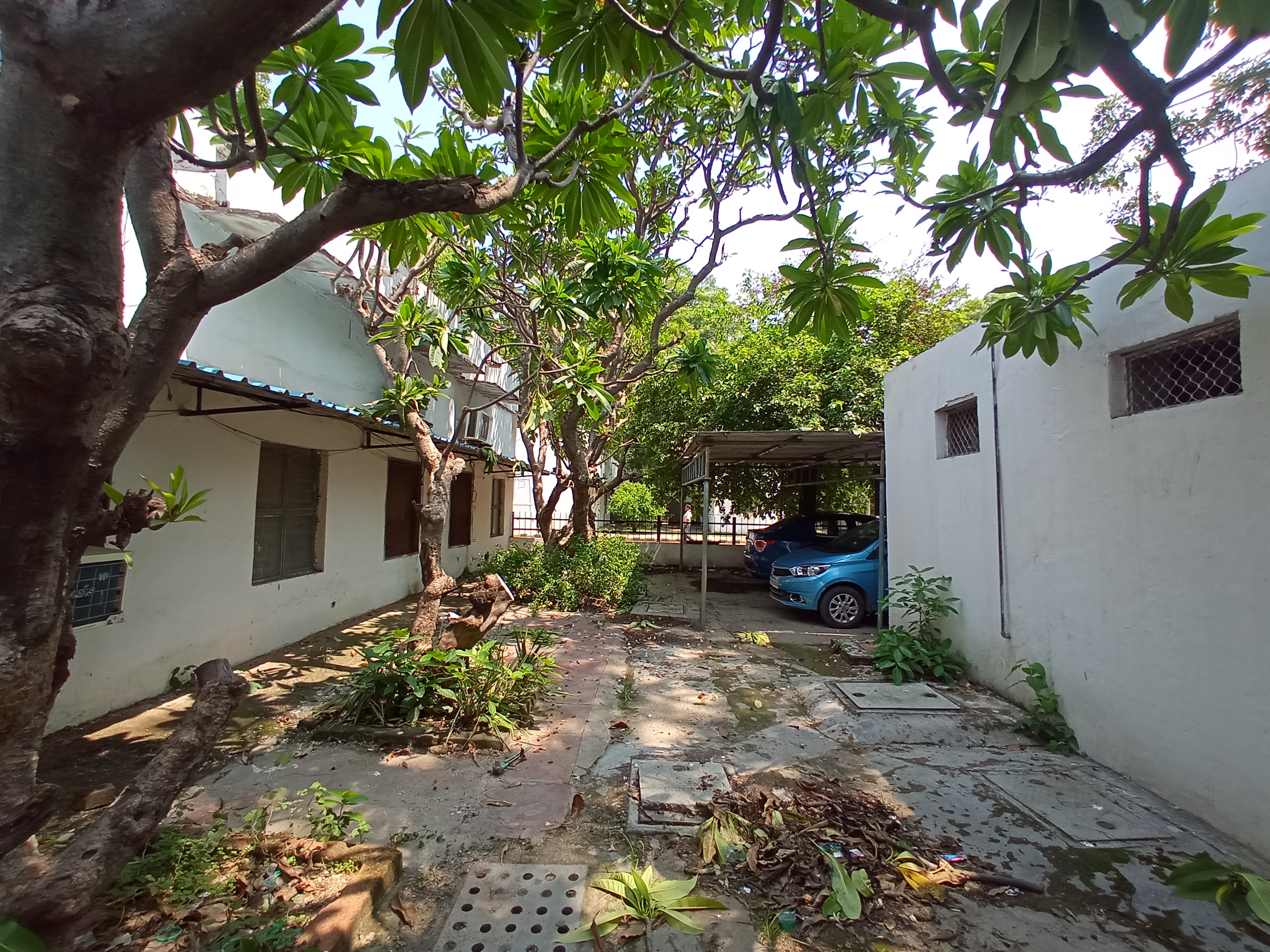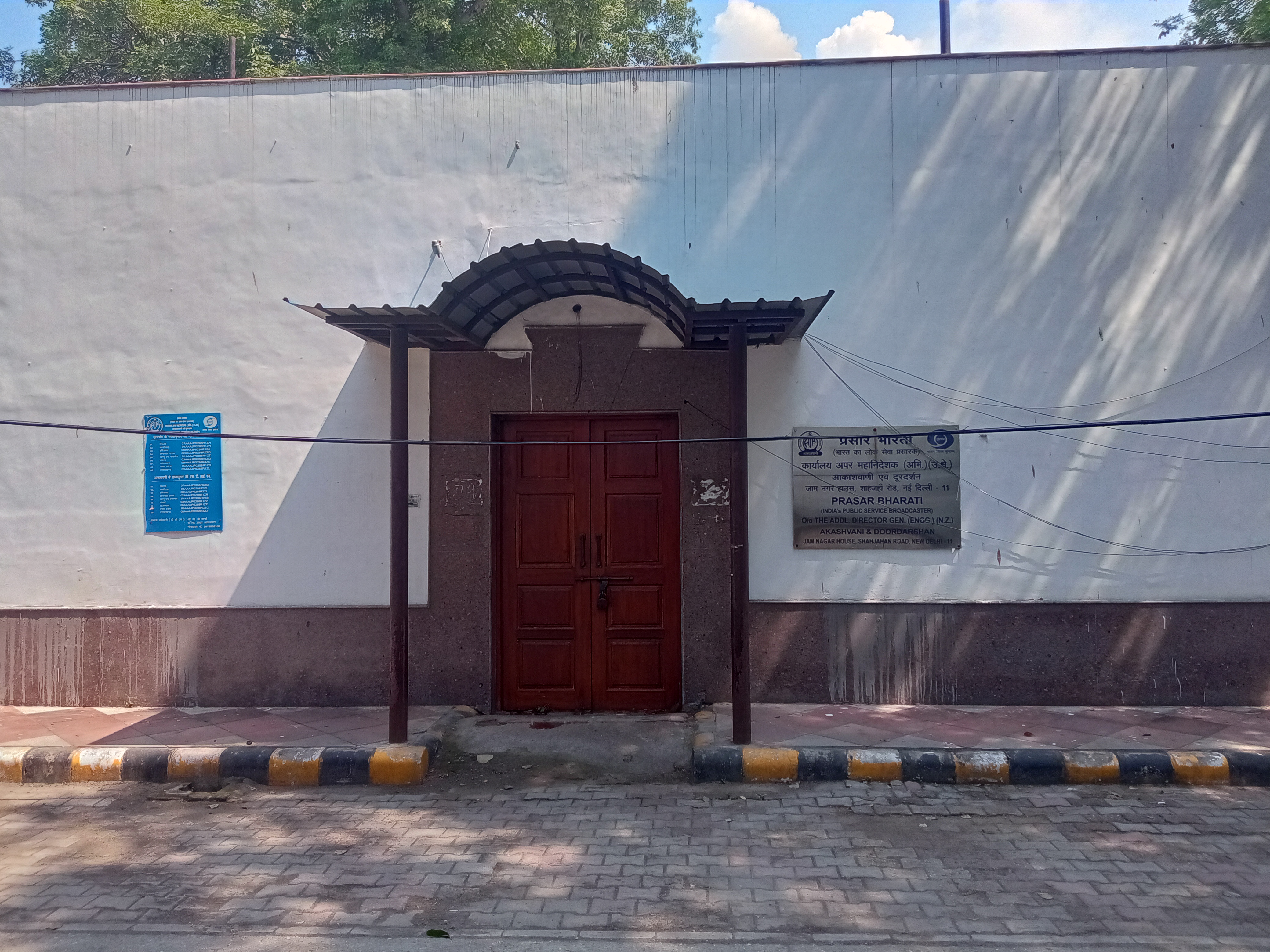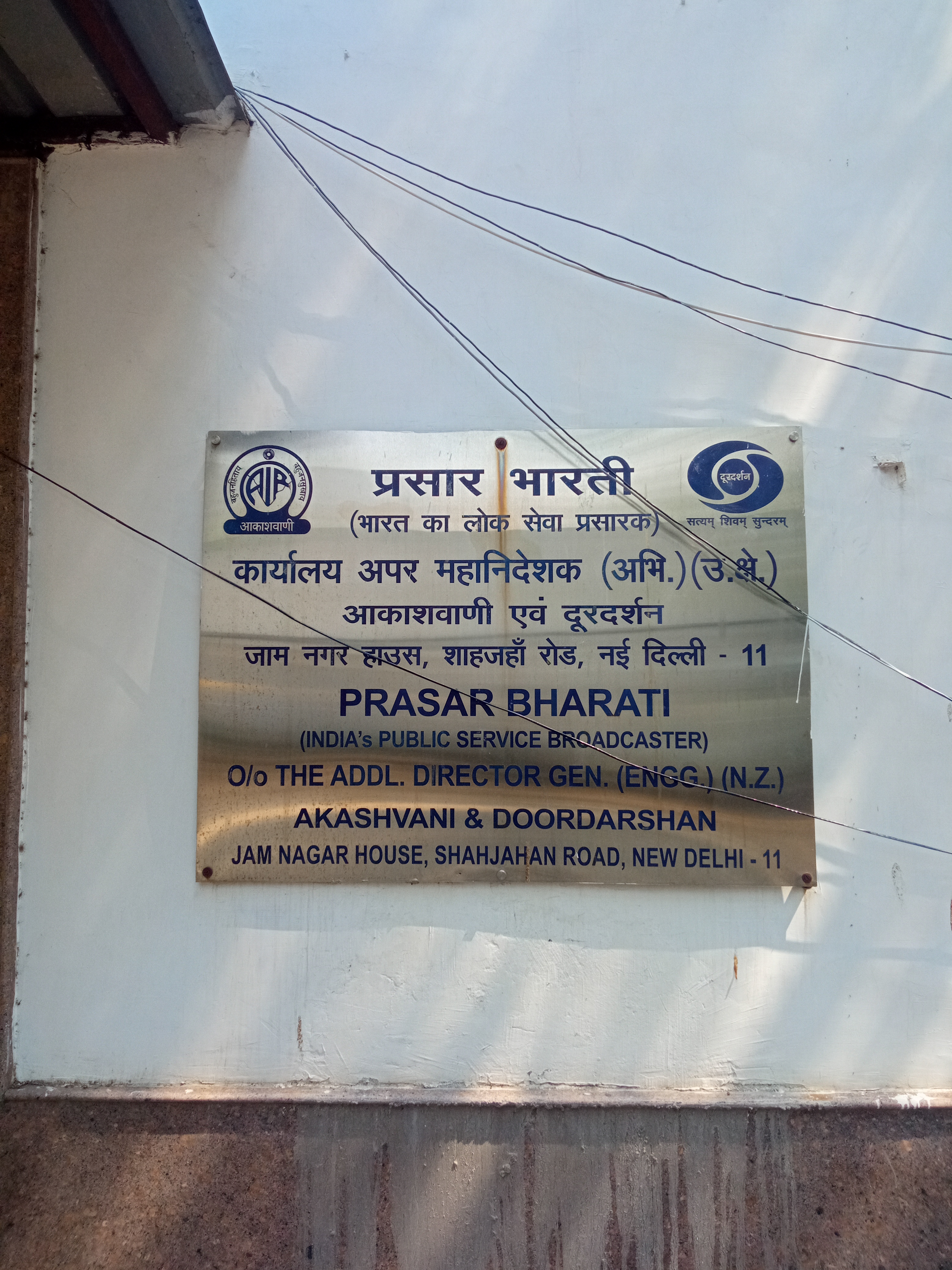Toggle table of contents
The recent wedding news of Anant Ambani and Radhika Merchant made headlines across the country. Among other things, it brought in news the city of Jamnagar in Gujarat, where the pre wedding celebrations took place.
That reminded me of the other Jamnagar I know of since a young age.
On the Shahjahan Road in New Delhi, you find a modest entrance into a complex of single floor structures. These structures don't follow the Georgian architecture thats used in neighboring heritage of Connaught Place. What are these tiny structures looking straight out of history?
What is Jamnagar House?
Present day district of Jamnagar in Gujarat encapsulates the former state of Nawanagar. The rulers of this state used the title Jam Saheb.
Random tidbit: The Ranji Trophy is named after Jam Saheb Ranjit Singh Ji, who was a famous cricket player at Cambridge.
 Jam Saheb Ranjit Singh
Jam Saheb Ranjit Singh
The Nawanagar State survived for over four centuries, before merging with the newly independent state of India. The erstwhile ruler of Nawanagar, Digvijay Singh Ji signed Instrument of Accession to Dominion of India on the day of Indian independence on 15th August 1947. He also merged Nawanagar State into the United State of Kathiawar the next year and served as its Rajpramukh (governor) for 8 years until the position was abolished.
Among the royal residencies of New Delhi, there is Jamnagar House - the residence of Jam Sahib of Nawanagar State.
Jamnagar House: Photowalk
At the entrance, you can find a discolored board listing the offices presently operating from various barracks.
 The listing is old and some of the listed offices no longer function out of Jamnagar House.
The listing is old and some of the listed offices no longer function out of Jamnagar House.
Most barracks have substantial spacing between them. You can see these spaces being utilized as car parking for the employees that work here.


For the longest time, you could never find a proper parking place due to the fact that this place was built at a time when you didn't have cars. There are more employees than the number of cars these open spaces can accomodate.
However, recently, offices have started to be shifted out to newer buildings, thus leading Jamnagar House with less employees. That means, its easier to find a place to park your car!
Barrack 12/1 houses the office of District Magistrate of New Delhi district. Barrack 13/1 houses office of Union Public Service Commission; the body conducting prestigious Civil Services Examination that lakhs of aspirants appear, hoping to occupy the handful seats to become a District Magistrate.
As a side note, the present interview location for UPSC Civil Services is the Dholpur House, located just beside Jamnagar House. Dholpur house was the residence of Rana of Dholpur in Delhi and has its own rich history.
The barracks carry arched windows till date. I wonder if the windows had more designs originally and were made minimalist during successive renovations.

The barracks also follow the classical style of rooms being built around a central courtyard. As a result, you'll find open space on the inside too. This doubles up a good open place with sufficient privacy for officers to spend their breaks during winters.

Barracks have a simple design from the outside. All of them are white and most have simple entrance gates.



Some entrances can be fancier than the rest.


The name plates too have variety. While some are pure metal plates, most are blue plastic plates. However, here and there, you can also spot rusted old style nameplates.



This area has been repurposed to house government houses. All the nameplates and parked cars give off the illusion of this place being a low cost office complex. However, if you try to look at the larger picture, you may see how the whole area could have worked just to serve one royal family. Different blocks housing different units of the service that comprises the royal experience. Kitchens, stables, barracks, courtyards etc are carefully hidden among the office colors Jamnagar House presently wears.
The insides of these barracks are less amusing. They're laden with ceramic tiles, shelves, wires, air conditioners, computer tables and what not. Connecting corridors aren't maintained and often used to dump old furniture or other waste.

As boring as it may look, I can't stop thinking that years back, a royalty walked in these corridors. They looked out of these windows.
Demolition
Much has been lost to history. And more will be lost.
Jamnagar House is no longer considered a usable area due to the weak structural integrity of old barracks. There are other concerns too: with only one floor, this area has very poor utilization of space.
Offices are one by one being moved to newer towers which have many floors and can densely pack a lot more employees. Many offices at Jamnagar House are closed. Many barracks are vacant.
As per the current proposals, it's slated for demolition once all offices are shifted out.
As much inefficient as this complex may be, its never just the cement and brick that make it up. It has a history, a cultural significance, the remains of an important princely state.
Keep wishing, nothing gets uprooted anymore.
Walking down memory lane, you end up at the other end of Jamnagar House, which opens up on Man Singh Road. Across the roundabout is the Vice President's estate.

